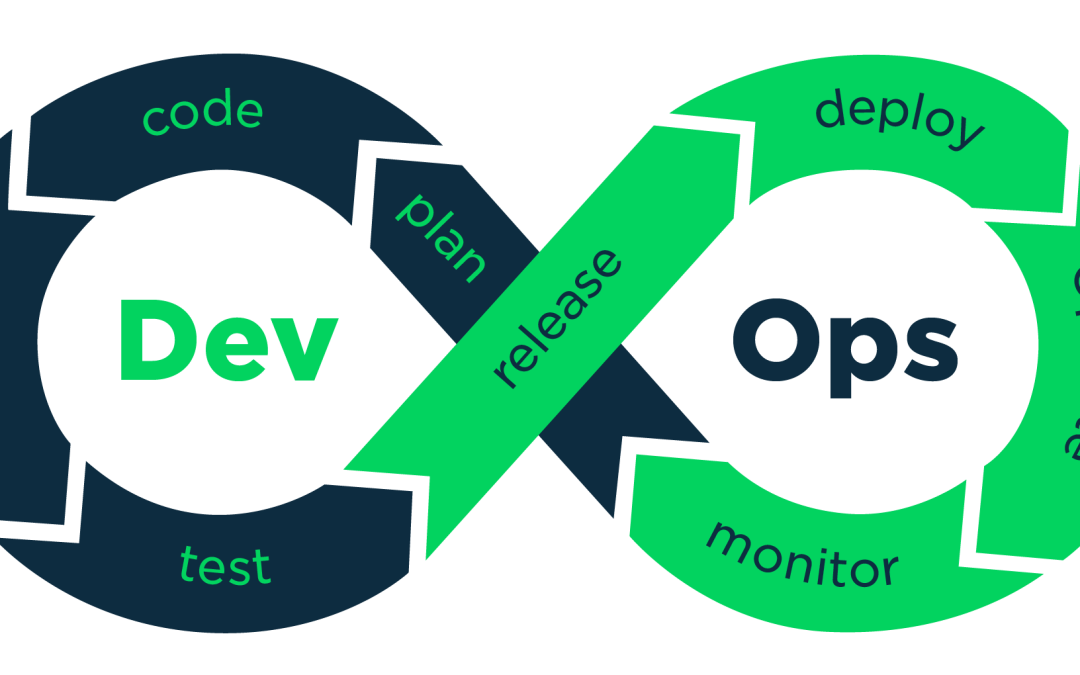The Reality of DevOps in Small and Mid-Size Companies
DevOps promises small, frequent, low‑risk releases powered by automation. In its best form, code flows from commit to build to test to deploy with minimal friction, and telemetry closes the loop so teams can iterate quickly. With GitHub Actions, containers, IaC, and feature flags, this vision is achievable even without large budgets. The conveyor belt is real—and fast.
In practice, many small and mid-size companies compress DevOps into a single pipeline that builds and deploys on every merge to main. Tests exist but miss edge cases, “staging” drifts from production, and release timing follows urgency rather than a plan. When deadlines loom, “just ship it” wins over “validate it,” and the business grows used to last‑minute pushes that occasionally impact customers.
This is less a tooling problem and more a coordination problem. Pipelines move bits; they don’t encode product intent, marketing timing, or risk tolerance. Without a release strategy that choreographs who validates what, in which environment, and on what cadence, speed turns into haste. Teams get faster at reaching production but slower at recovering trust.
The pattern is familiar: Friday‑night deployments, Monday‑morning surprises, hotfixes colliding with ongoing feature work, and stakeholder confidence eroding. The more you automate the “how,” the more you must agree on the “when” and “who.” A DevOps release strategy provides that alignment.
What a DevOps Release Strategy Includes
A release strategy is the explicit path from commit to customer, with clear roles, criteria, and promotion rules at every stop. It starts with System Integration Testing (SIT), a production‑like environment using safe data and partner stubs. Changes land here on a predictable cadence—often once or twice per week—so engineers can catch configuration drift, API contract breaks, permission scope issues, and dependency quirks early. The goal is technical coherence, not business approval.
Next comes User Acceptance Testing (UAT), a near‑production environment insulated from real users and fed by a dedicated release branch. Product managers, QA, and marketing validate the end‑to‑end experience: copy and branding, device‑specific behavior, accessibility, localization, and performance on realistic data. UAT sign‑off is explicit and traceable, turning “looks good to me” into accountable readiness. Feature flags make previews targeted and reversible.
Production is a guarded lane. The main branch is protected by required reviews and status checks that prove code passed through SIT and UAT. Deployments are progressive—canary releases or blue‑green deployments—to limit blast radius and enable instant rollback when metrics degrade. The artifact promoted to production is the same one vetted in UAT (immutable artifacts), preserving reproducibility. Observability and SLOs drive go/hold decisions; hotfixes have a fast lane but still follow a mini SIT → UAT → Prod path for auditability.
Branching strategy and CI/CD glue this together. Feature branches merge into a development stream that feeds SIT. Once stable, a release branch feeds UAT until stakeholders approve. Then that branch merges into main and promotes the already‑built artifact to production. GitHub Actions encodes environment protections, artifact promotion instead of rebuilds, secrets scoped per environment, and automated rollbacks. The result isn’t bureaucracy; it’s a rhythm that aligns CI/CD speed with business timing and reliability.
Conclusion: Faster CI/CD, Fewer Production Surprises
DevOps gives you the engine for rapid change, but engines still need steering and brakes. A DevOps release strategy provides control without sacrificing velocity. By separating technical validation (SIT) from business acceptance (UAT) and guarding production with progressive delivery, you reduce surprises where they hurt most and surface them where they’re cheapest to fix.
This doesn’t slow teams down; it slows only the wrong kind of speed—the gamble that today’s push won’t trigger tomorrow’s firefight. As small, well‑understood changes flow through SIT, then UAT, then production, lead times shrink because fewer issues leak late. Change failure rate drops as risks are addressed by the right people in the right environment. Mean time to recovery improves because every release is versioned, tagged, and trivially reversible.
Most importantly, a clear release strategy rebuilds trust. Product and marketing trust that what they approve is what ships. Engineers trust that production won’t be a minefield. Leadership trusts the team to launch on purpose, not by accident. The pipeline is the conveyor belt; the release strategy is the choreography around it. Together, they turn “merge and hope” into repeatable, safe, continuous delivery.

